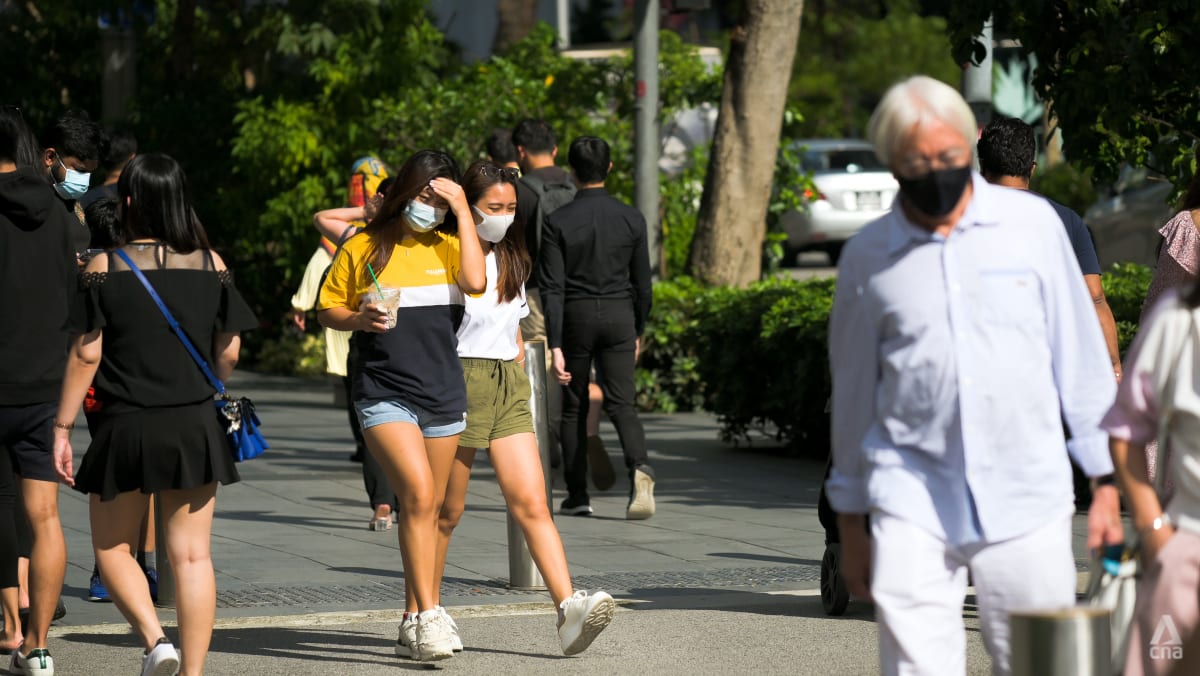They pointed out how the results will affect ongoing and future solutions.
NParks, for example, singled out the data on wind speeds, which are set to increase by up to 20 per cent by the end of the century, and its effect on trees.
“You see the trees in your parks, in your gardens … so we need it for cooling. But all the amenities that they provide, they can also provide dis-amenities when there’s a massive storm and the tree falls,” said NParks director of coastal and marine Karenne Tun.
“So we need to be able to understand how climate change can impact something that is so essential for Singapore and how do we prevent that from becoming a liability?”
She pointed out that towards the end of last year, some trees became “bald” as they were pruned.
Data showed that trees that grow to a certain size or get squeezed are more vulnerable and might fall, she said. In these cases, NParks would prune the trees to prevent mishaps.
“What version three then will do is provide the kind of data that will help us refine some of these models that we are using so that we can then know where do we prune the trees, what trees should be pruned, how much should they be pruned, at what time of the year, so that they do not become dis-amenities,” Dr Tun said.
Version three could also help in predicting what kinds of trees could provide shade without resulting in dis-amenities to people.
PUB’s director of coastal protection department Hazel Khoo said that beyond simply detailing mean sea level rise, the study could facilitate investigations into how higher wind speeds could potentially impact coastal surges and wave events.
“That is something that we will actually study and then we will use these projections and inputs together with our coastal-inland flood model that we are currently developing, it will give us an updated insight on the flood risk arising from both rainfall as well as sea level rise,” Ms Khoo said.
Singapore’s mean sea levels will rise under all three scenarios depicted in the study.
By the end of the century, the mean sea level will rise by between 0.23m and 1.15m, relative to the baseline period of 1995 to 2014. However extreme weather events like high tides and storm surges can cause levels to spike by 4m to 5m.
This would put 30 per cent of Singapore’s land – which lies less than 5m above the mean sea level – at risk of being submerged.







